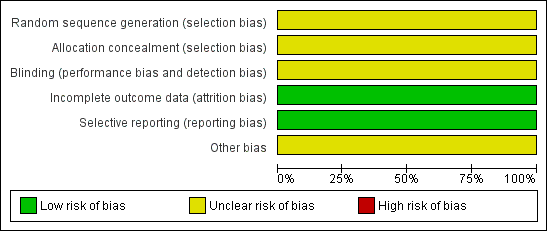Contenido relacionado
Revisiones y protocolos relacionados
Vanitha A Jagannath, Vidhu Thaker, Anne B Chang, Amy I Price | 4 junio 2020
Janet H Ferguson, Anne B Chang | 14 mayo 2014
Peter O Okebukola, Sonal Kansra, Joanne Barrett | 6 septiembre 2020
Htoo Htoo Kyaw Soe, Adinegara BL Abas, Nan Nitra Than, Han Ni, Jaspal Singh, Abdul Razzak Bin Mohd Said, Ifeyinwa Osunkwo | 28 mayo 2020
Jorrit JV de Vries, Anne B Chang, Catherine M Bonifant, Elizabeth Shevill, Julie M Marchant | 9 agosto 2018
Helen Watson, Caroline Stackhouse | 10 abril 2020
Oana Ciofu, Sherie Smith, Jens Lykkesfeldt | 3 octubre 2019
Sherie Smith, Nicola J Rowbotham, Edward Charbek | 1 agosto 2022
Rosalind L Smyth, Oli Rayner | 4 mayo 2017
Damian K Francis, Joanne Smith, Tawab Saljuqi, Ruth M Watling | 27 mayo 2015





